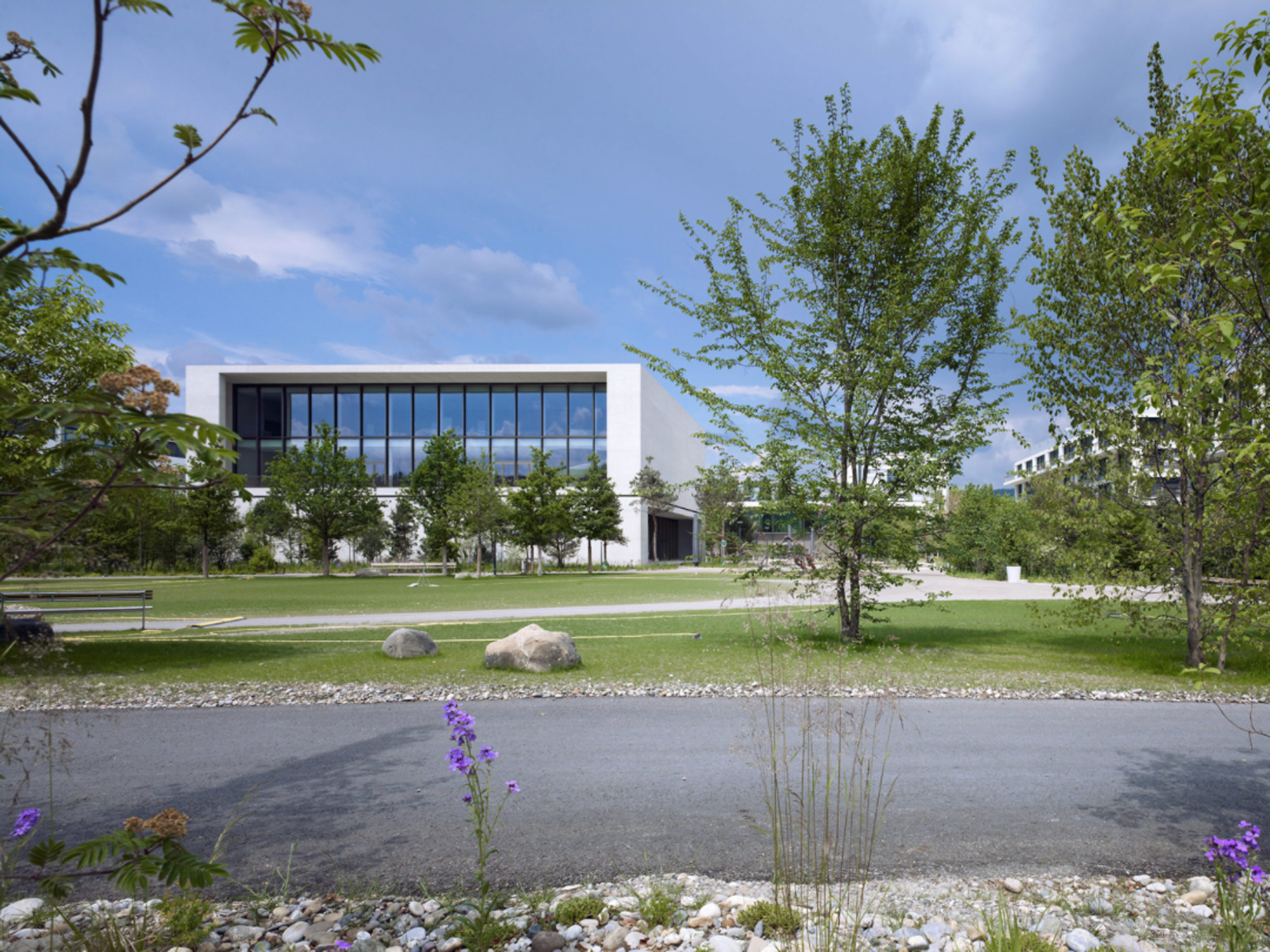
Responding to climate
Integrating design to ensure building performance and user comfort.
The task of the architectural project is to reveal, through the transformation of form, the essence of the surrounding context.Vittorio Gregogotti - Architect
Building envelope, a climate responsive skin
The analysis of the environmental climatic factors of the region is indispensable to determine the building location, massing typology, and orientation on the site, as well as to define the envelope design and, therefore, improve the energy performance of the building and comfort of the users. The envelope of the building is a major factor in determining the operational energy use and, consequently, the lifecycle costs of a building. It consists of external walls, doors, windows, and roofs. It must ensure interior spaces are healthy and have a pleasant environment for the users, while defining the external image and character of the building.
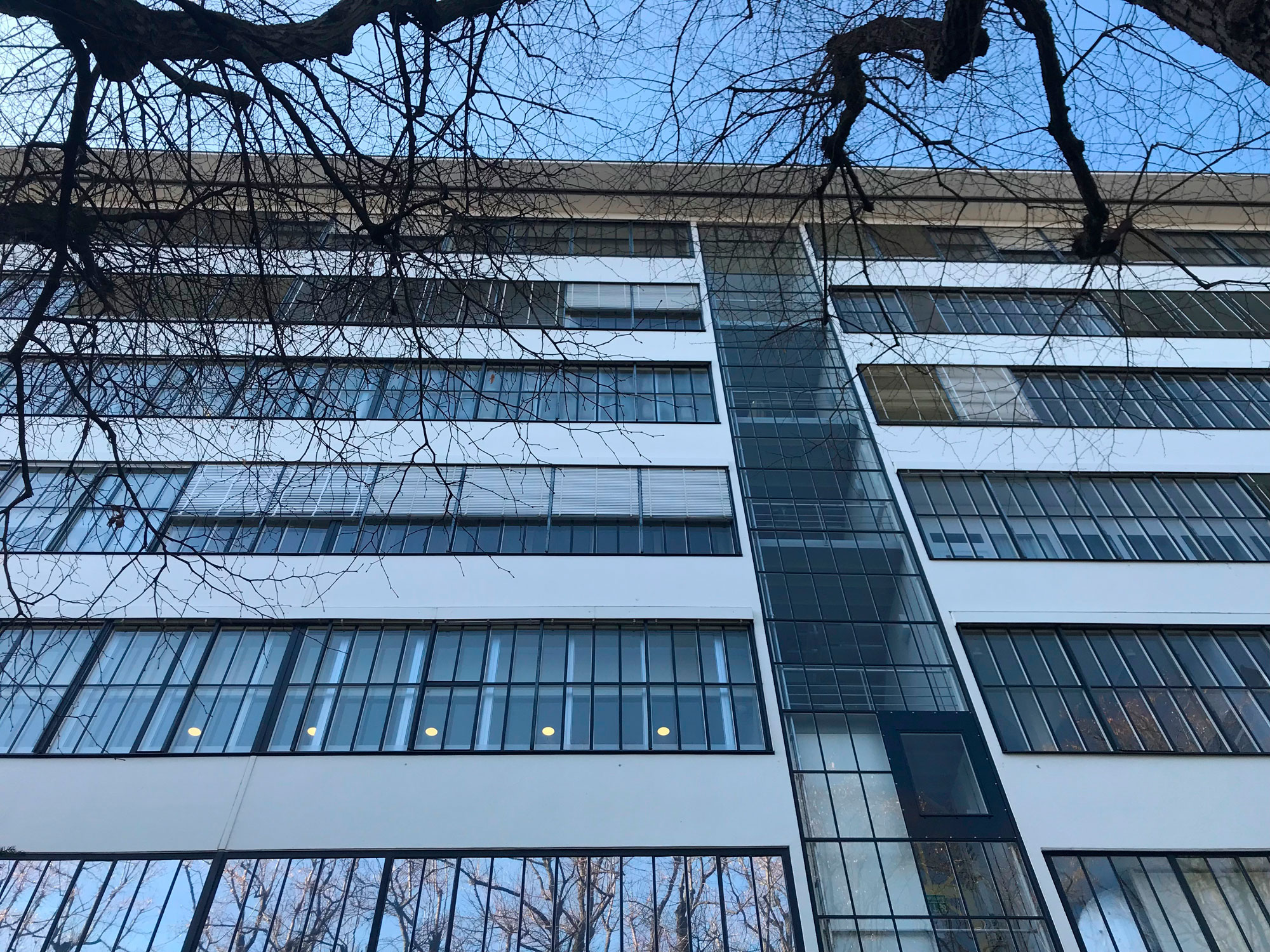
Building 27, Basel, 1938 Salvisberg. The first building with automated external shading using sun sensors.
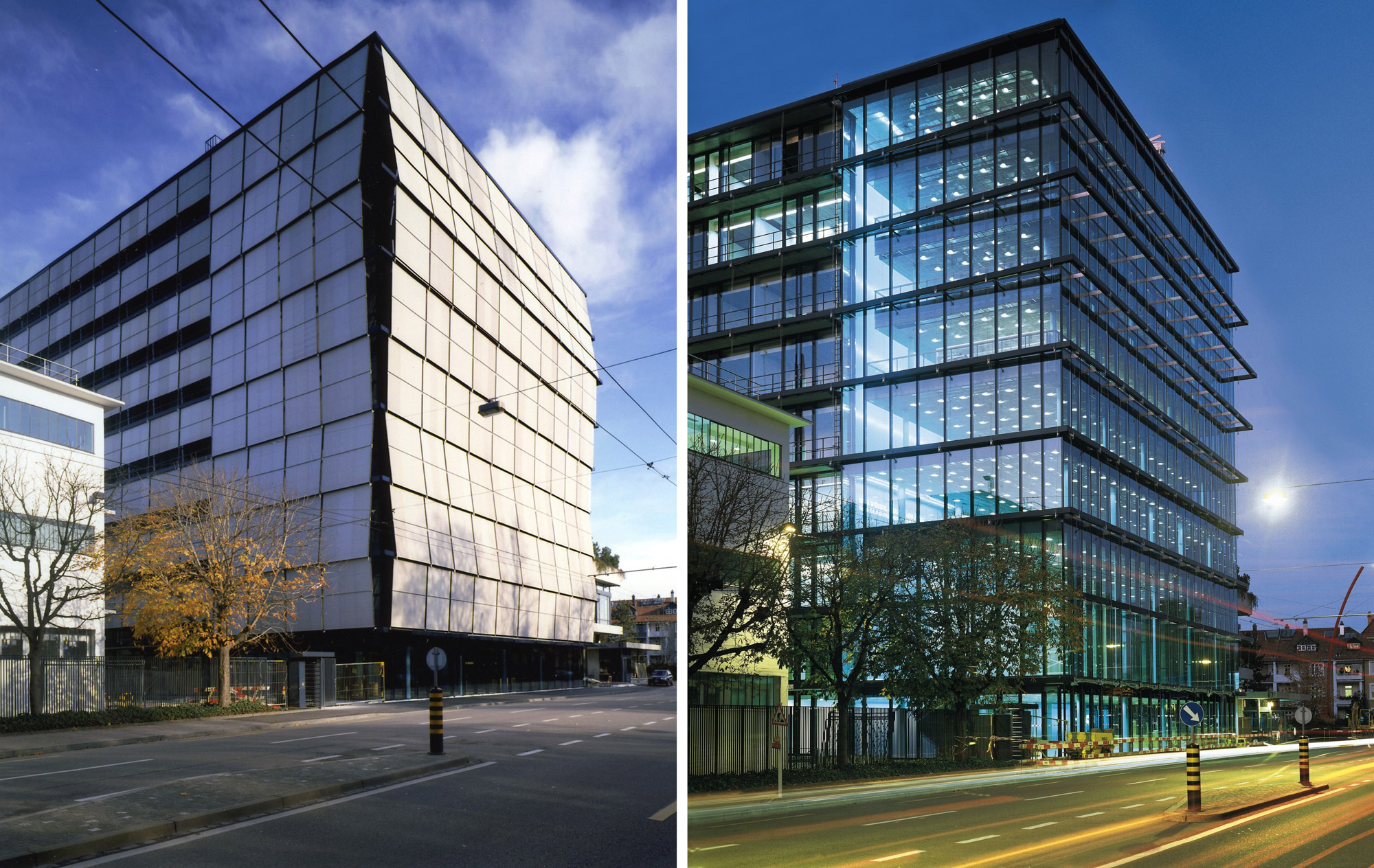
Building 92, Basel. The automated facade adapts to daylight conditions.
Best practice for climate response
To increase the efficiency of the building and reduce lifecycle costs, employ environmental control elements to regulate heat gain and loss, such as sun shading, bay windows, and light shelving that suits facade orientation. Follow the K-18 directive for building thermal performance guidance.
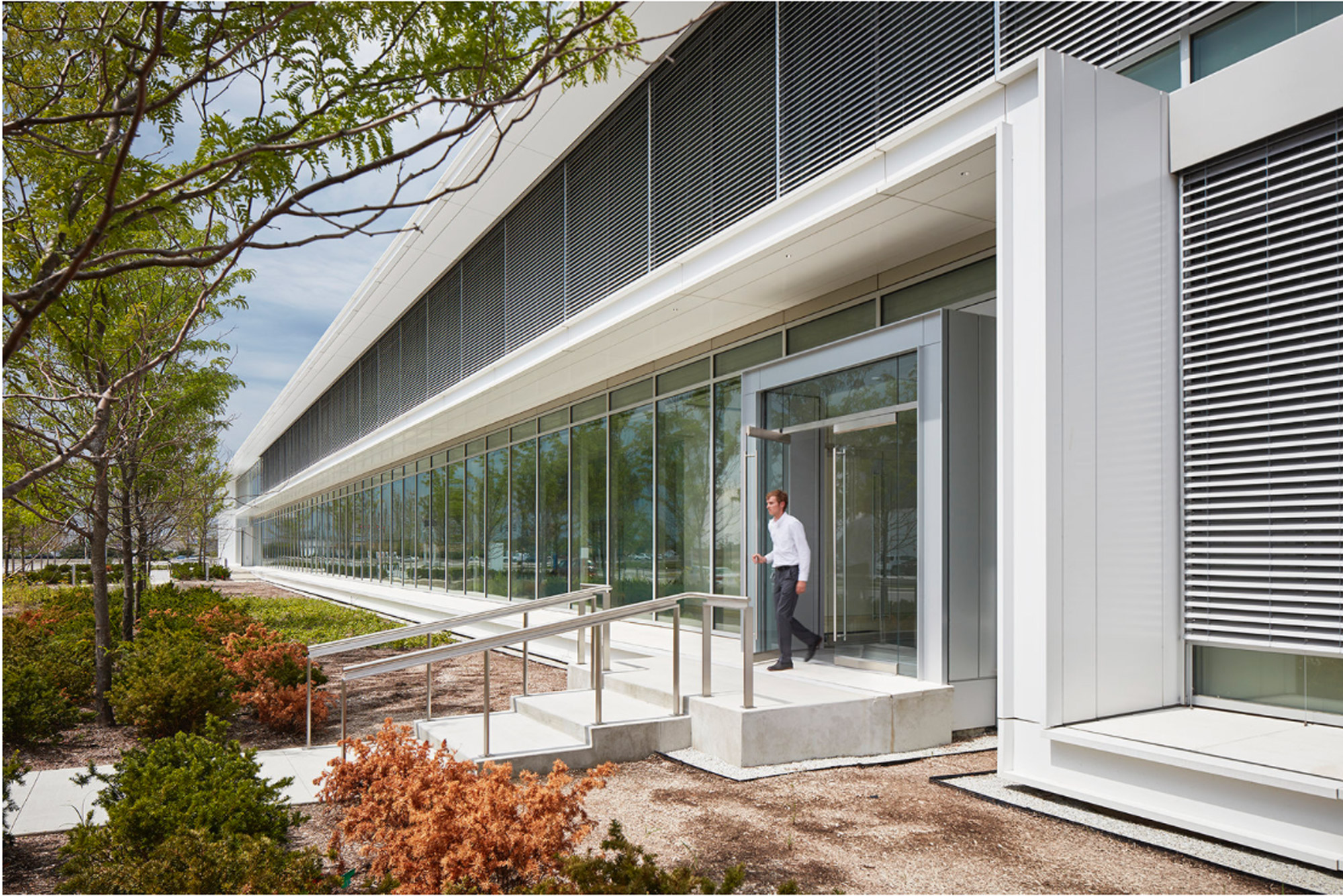
In response to the particularities of each site, provide an appropriate design and building specifications that suit the following aspects:
- Passive solar design techniques
- Weathertight detailing
- Thermal insulation levels
- Natural daylighting and sun shading strategy
- Natural ventilation
- External noise control
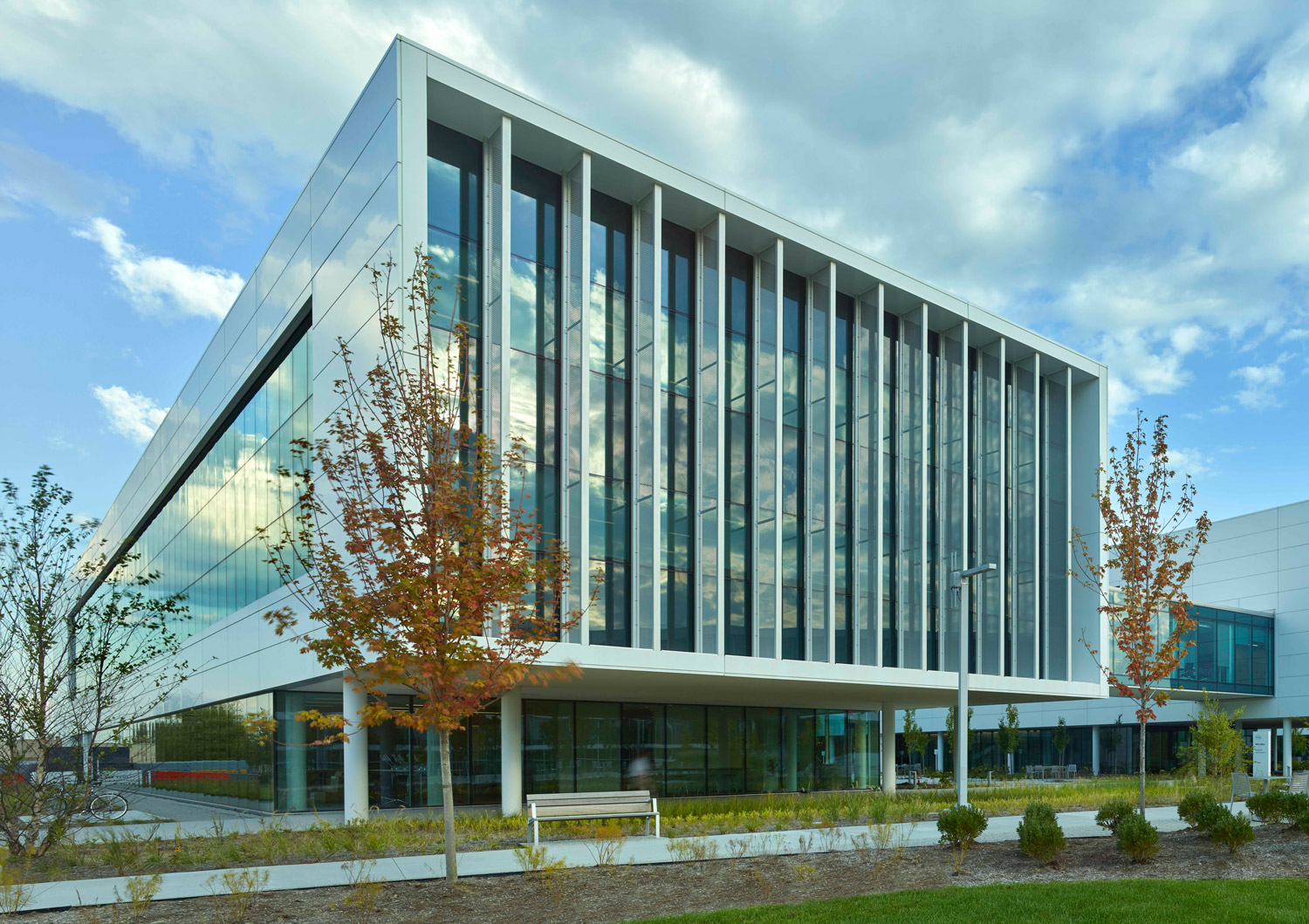
Balance ventilation, solar protection, and daylight requirements while providing moisture and thermal protection appropriate to the climate. Also:
- Provide alternative sourced fresh air solutions when conditions require closed windows for noise reduction.
- Plan draught proofing around external openings.
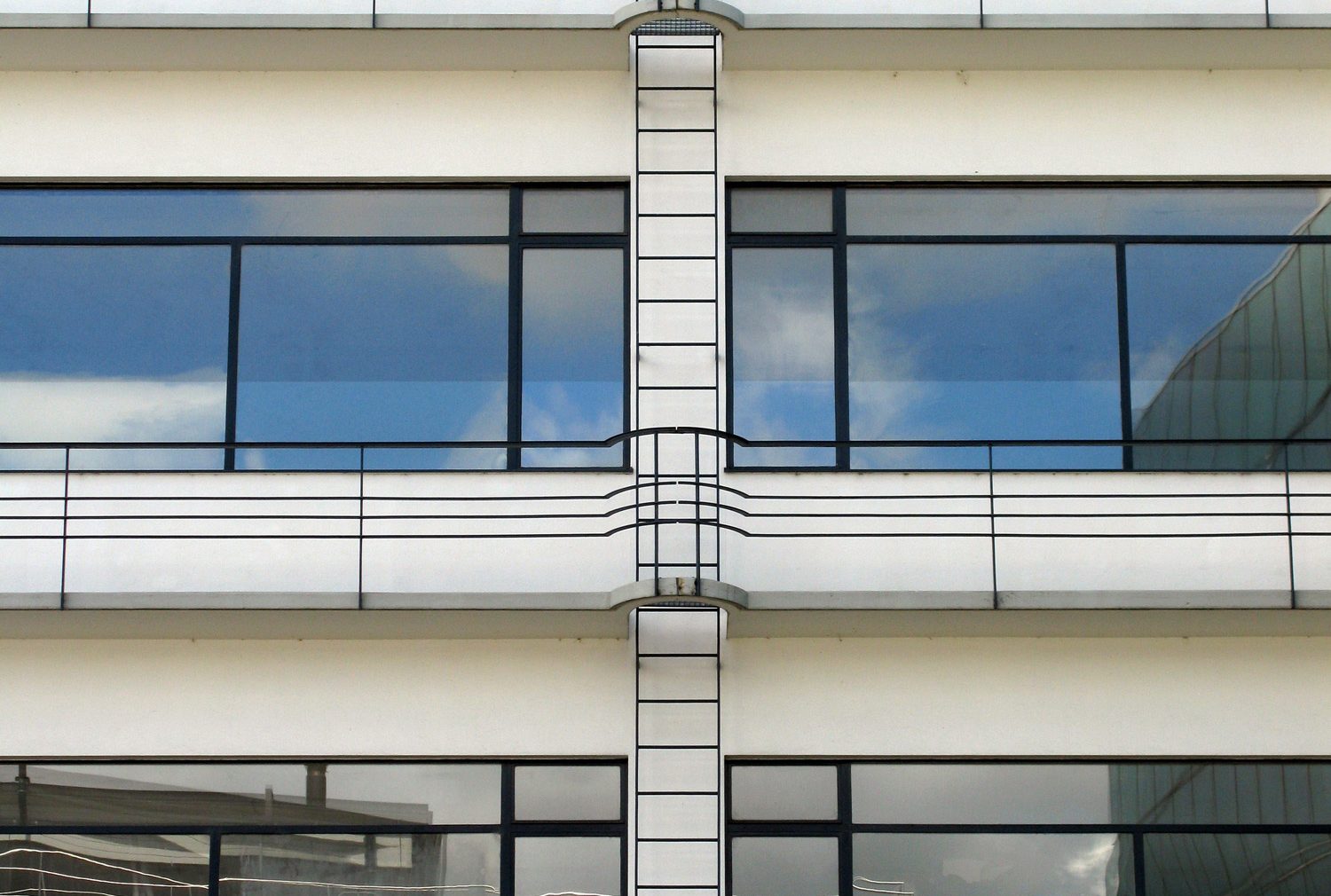
Coordinate and integrate building service elements, such as drainage pipes, grilles, screens, ventilation louvers, and car park entry doors, with the overall facade design.
Consider access for glass replacement and cleaning by providing a maintenance strategy to be agreed with responsible facility manager.
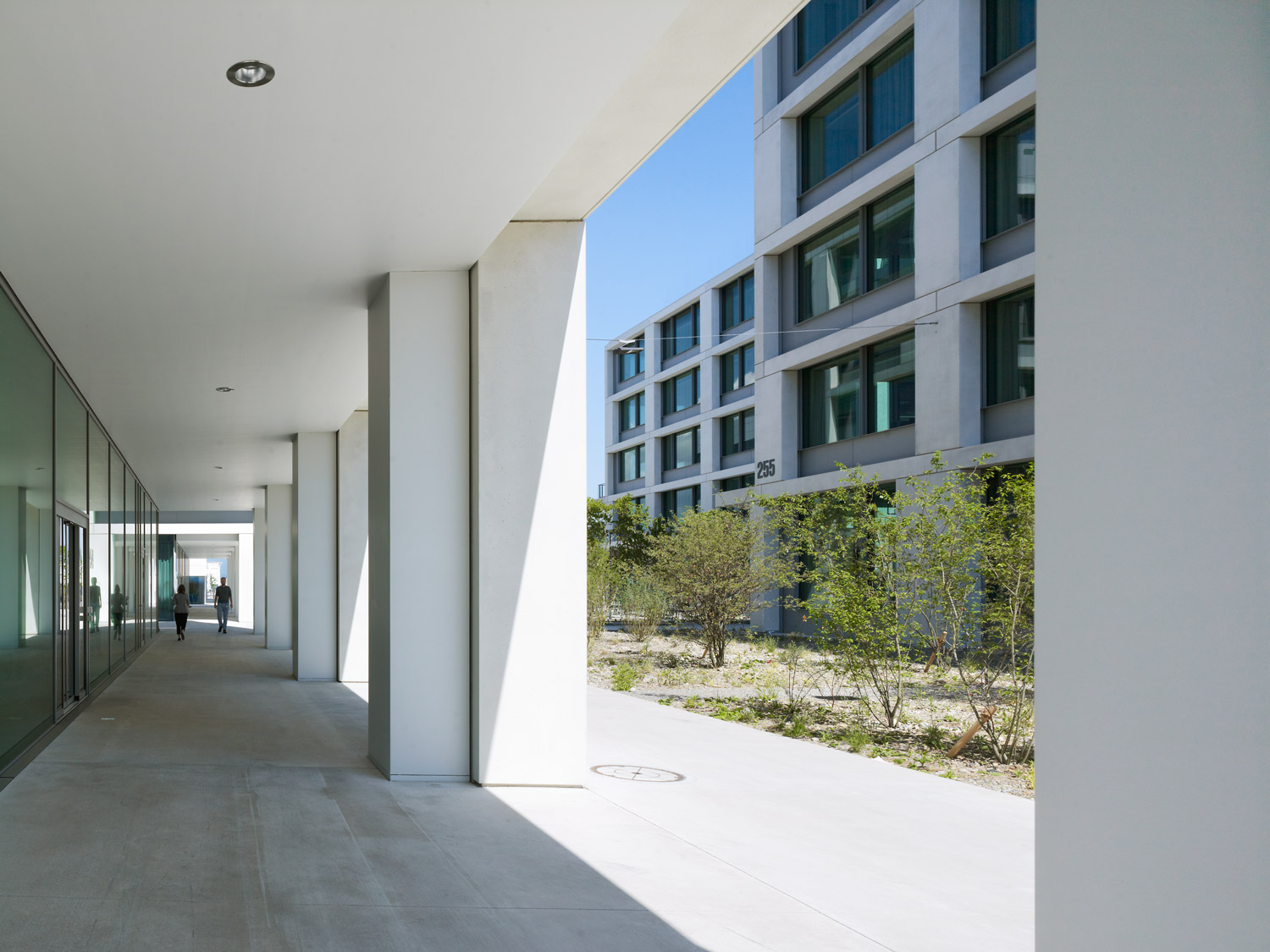
Achieve performance by accurately selecting appropriate materials and components, as well as carefully planning how they work together. For example, use high mass materials to absorb solar gain during the day and release at night, or colours to absorb or reflect heat gain.
Key to Responding to climate
- Analyze and consider the environment and climate factors of the region.
- The massing, typology and performance of the building envelope should be adapted to the local climate and sun exposure.
- Comply with K-18 directive for thermal performance guidance.